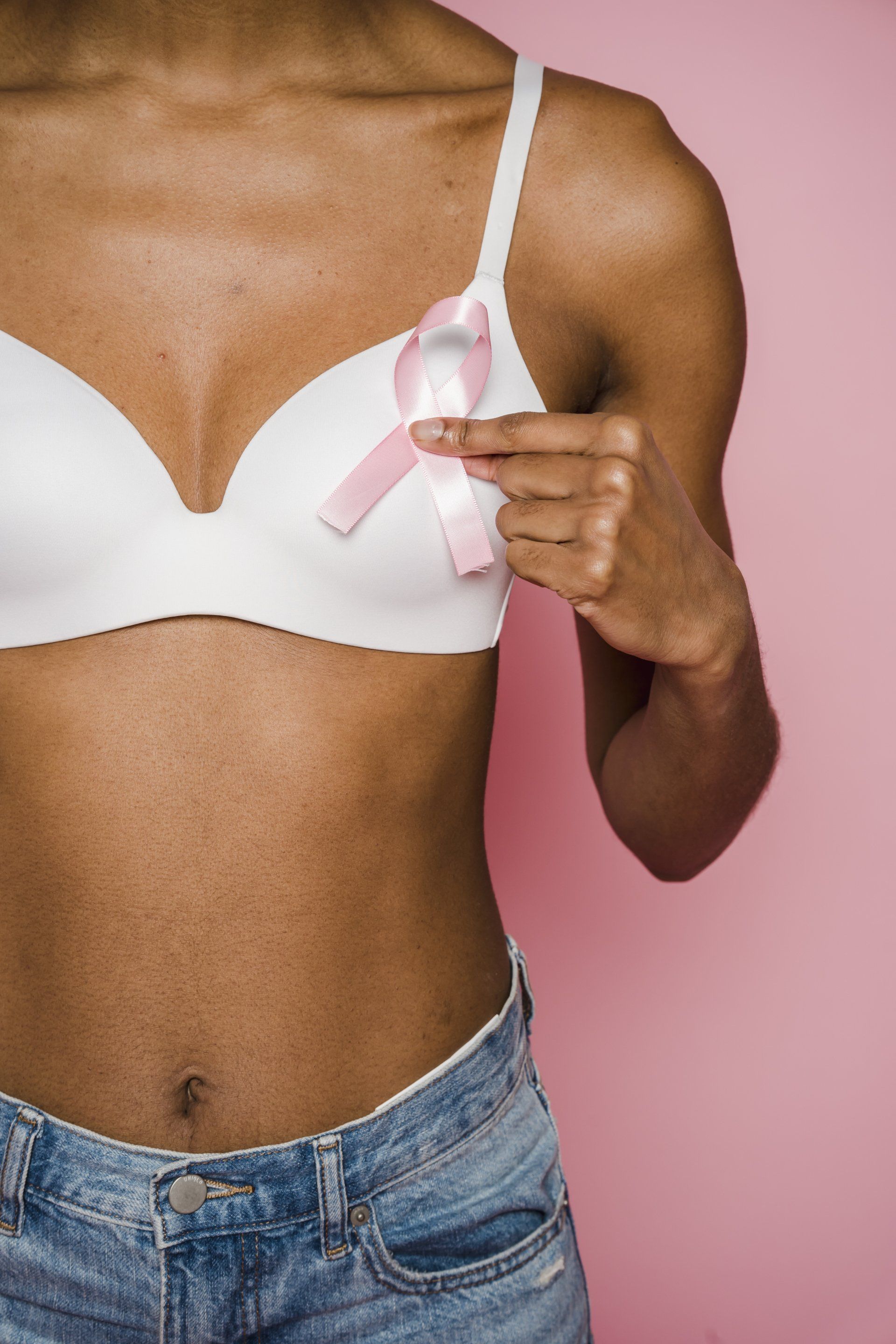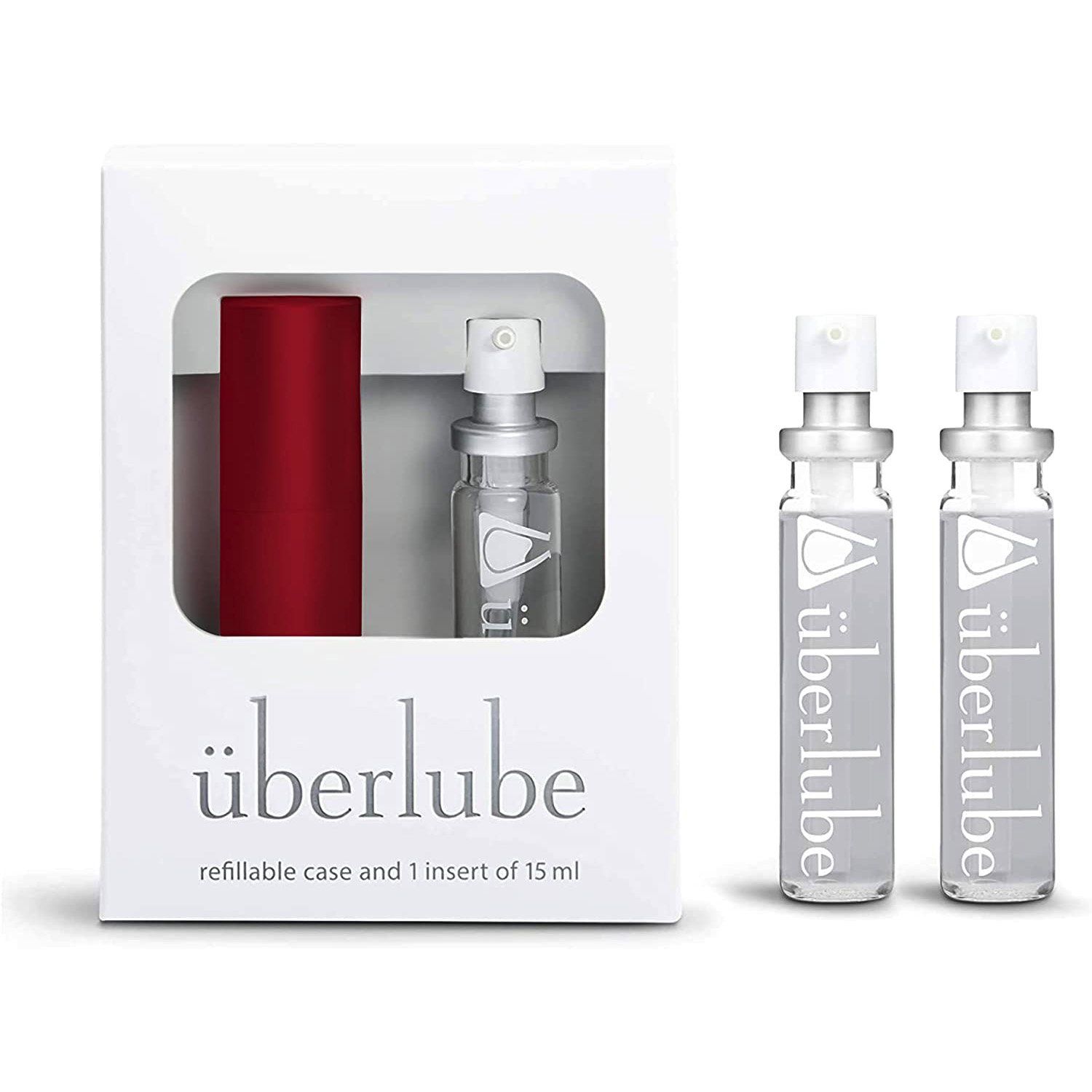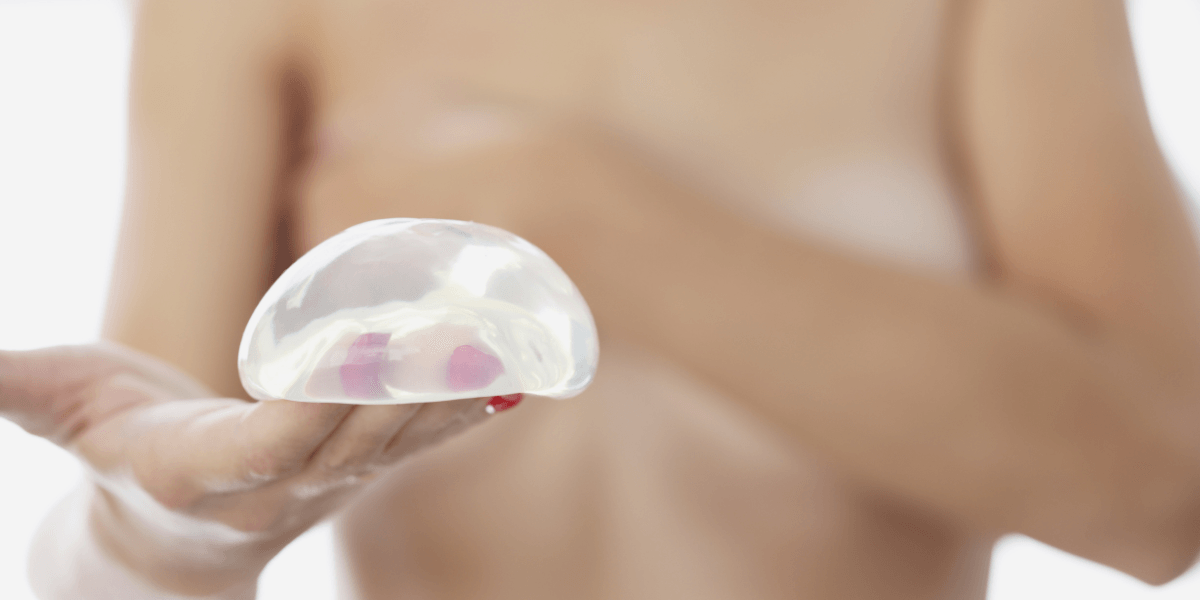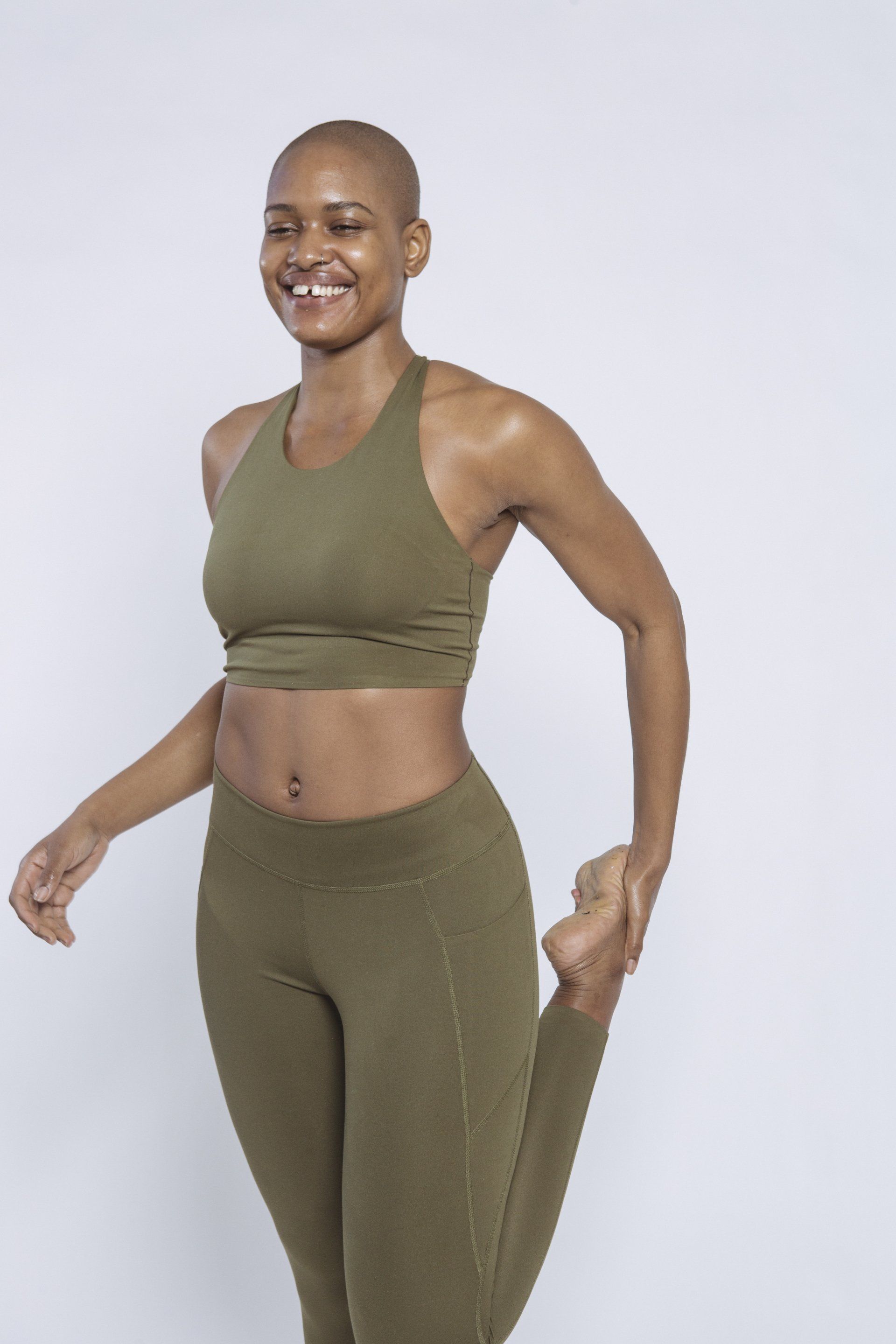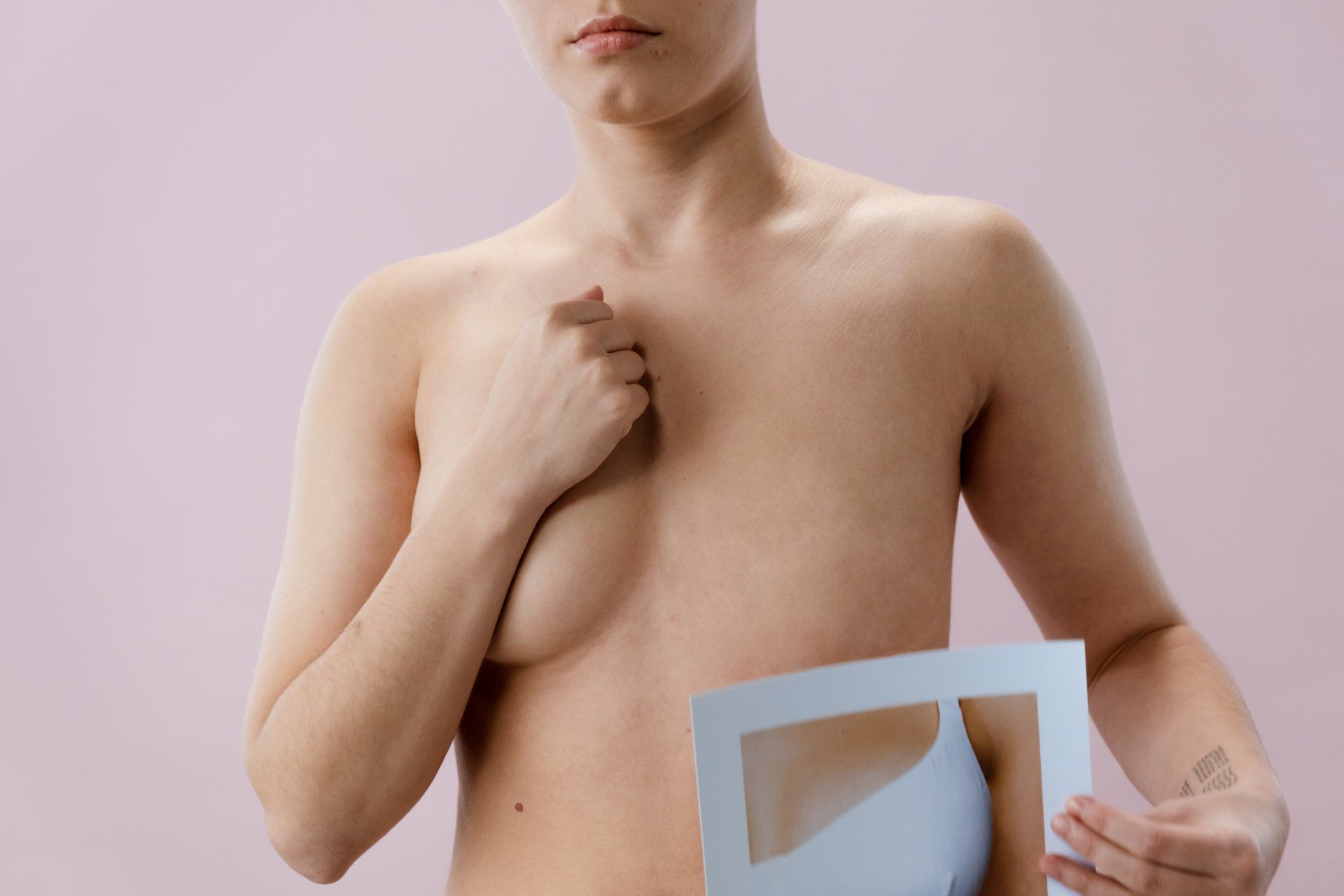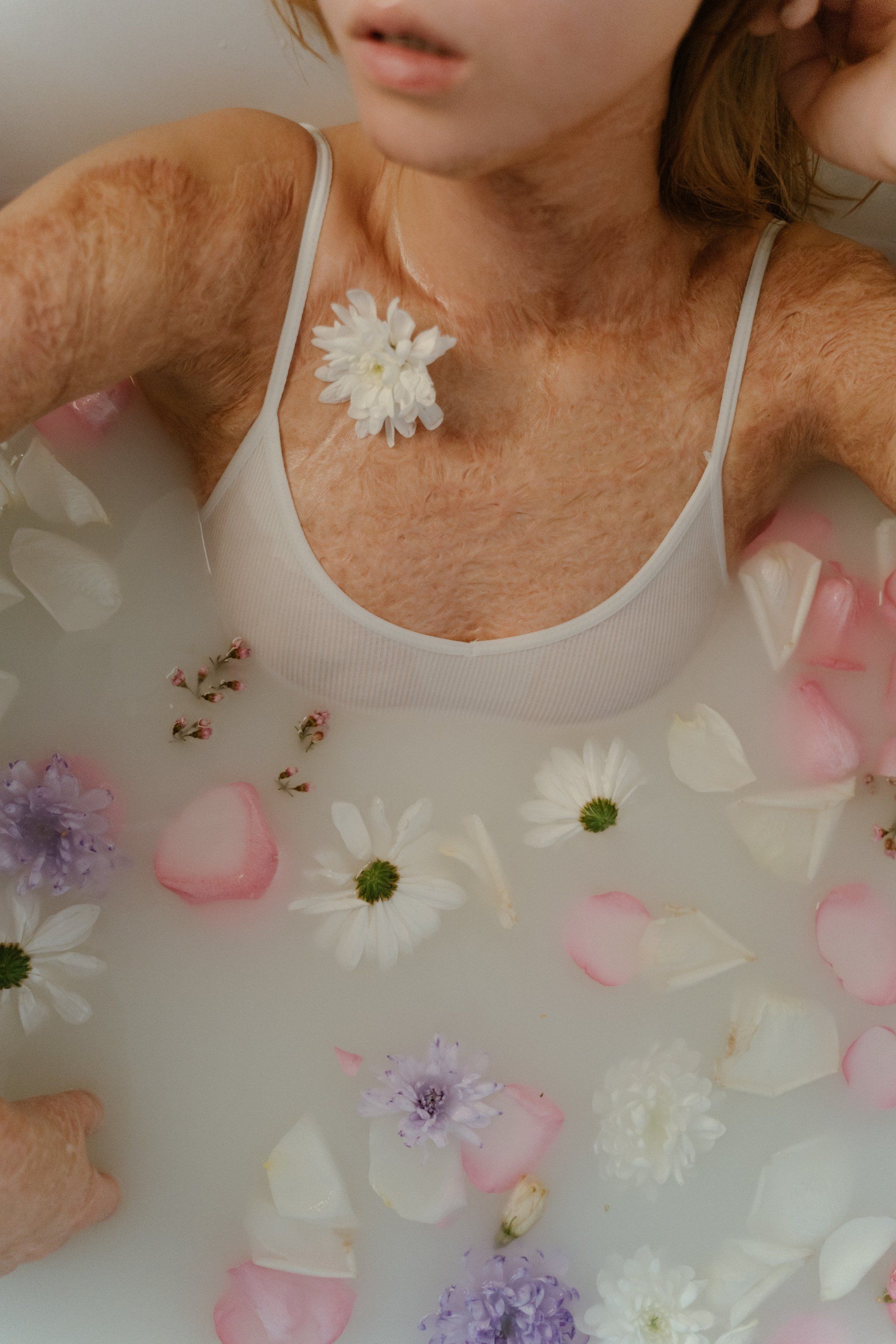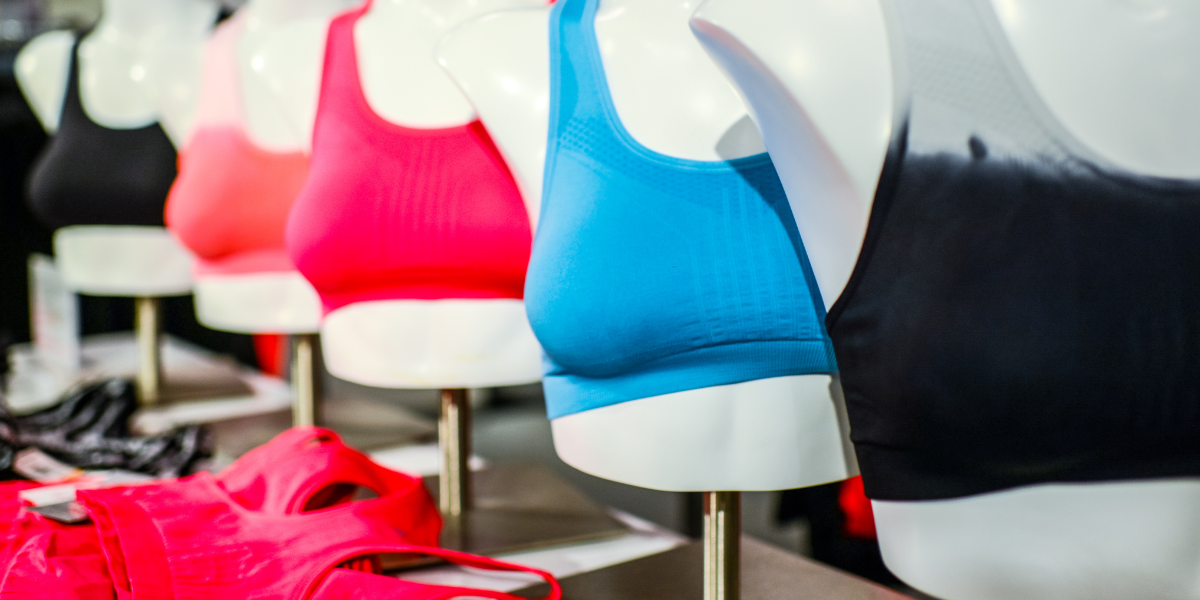8 Ways To Stay Away From Dry Sensitive Skin
Dry skin is one of the most common skin problems that people face. For most people, their skin’s rough texture, flaky skin, and skin itchiness can be bothersome but not a cause for concern.
In cancer patients, dry sensitive skin is a potential side effect of most treatments. It may range from mild (large pores, dry patches, rough, and peeling skin) to severe (skin cracks, blister, burning feeling, or tenderness).
While dry skin is only a nuisance for most people, it can be an enormous burden and a cause for anxiety and lack of confidence for you. This is most especially true since you’re already dealing with so many changes in your body.
Continue reading to find out how you can prevent skin dryness and sensitivity.
Why Cancer Treatments Cause Dry Sensitive Skin?
The most common cancer treatments that cause dry and sensitive skin are chemotherapy and radiation therapy.
The drugs used for chemotherapy were formulated to destroy the cancer cells in your body. But, unfortunately, these drugs also target cells that divide and proliferate quickly (a.k.a. our skin cells). As a result, our skin's growth and development process is disrupted, leading to dry, flaky, and unhealthy-looking skin.
On the other hand, radiation therapy is performed using a machine to deliver cancer-killing radiation beams into the body. The healthy skin cells in the treated area get damaged as the radiation passes through your skin.
If your treatment plan includes frequent radiation, your skin cells might not have enough time to regenerate and repair in between sessions. This may also lead to dry and sensitive skin.
8 Effective Ways to Prevent Dry and Sensitive Skin
The idea of dealing with blisters, sores, sensitive, and dry skin can be overwhelming, but we have good news for you: these skin changes are only short-term chemotherapy side effects.
The best news is that you can prevent these side effects from getting worse with the proper skincare routine. With that said, here are some of the simple steps on how to do that:
1. Tweak your shower routine.
Showering is important, but the usual shower routine may leave your skin tight, dry, and itchy. Here are some ways on how to tweak your bathing routine to suit your sensitive skin needs:
- Limit your shower sessions to less than 10 minutes. While a long and hot shower seems like a form of self-love, over-showering can cause skin dehydration. This is because prolonged exposure to water will wash away your skin’s natural oils.
- Keep your showers cold. Hot water strips your skin of its natural oils, making it susceptible to skin dryness. There are no hard-and-fast rules as to what temperature you should be showering in, but dermatologists recommend keeping the shower temperature below 110 degrees.
- Dry off as gently as possible. Avoid rubbing your towel against your skin as it will irritate your skin even more. Instead, just pat your skin using your towel.
2. Clean your skin gently.
To do this, you should use only gentle cleansers. When choosing cleansing products, the first thing that you should check is the ingredients label.
Watch out for drying and irritating chemicals like soaps and sodium lauryl sulfate (SLS). You should also avoid products containing parabens, alcohols, fragrances, and antimicrobial ingredients.
To determine if you’re using the right cleansers, evaluate how your skin feels after showering. For example, if your skin feels dryer, tighter, and irritated after showering, you need to change your cleanser.
3. Restore your natural skin barrier.
The first step to treating dry and sensitive skin is to repair the skin’s natural barrier, so it can be strong enough to seal in moisture and seal out skin impurities.
For this purpose, the best products are natural oils that mimic your skin’s natural lipids. Some of the oils you can use are Camellia Oil, Jojoba seed oil, sunflower seed oil, and macadamia seed oil.
Another option is to use products like Cerave, which contains ceramides and fatty acids, which make up 50% of our skin’s natural barrier.
4. Provide your skin with ample hydration using the right moisturizer.
The role of the moisturizer is to boost your skin hydration by assisting your skin cells to retain water from the inside.
You must choose the right moisturizer as it won’t just affect your skin’s hydration but its health too. With that in mind, here are some tips on how to choose the right moisturizer for dry and sensitive skin:
- Go for lightweight creams or gel formulations instead of a lotion, as these are more effective in retaining hydration.
- Make sure that the formula is oil-free and fragrance-free. Also, avoid moisturizers that are labeled natural and contain essential oils to avoid irritation.
- Look for the following ingredients:
- Humectants like dimethicone and glycerin draw and seal in moisture
- Hyaluronic Acid boosts collagen production to address wrinkles and fine lines
- Shea Butter and Colloidal Oatmeal, which soothe dry skin.
- Avoid the following ingredients:
- Fragrances
- Anti-aging ingredients (retinol and salicylic acid)
- Parabens (artificial preservatives)
- If you want to go with the natural route, the prized ingredient you should look for is aloe vera. Its benefits include soothing and moisturizing the skin and preventing inflammation. Additionally, it's also said to reduce the risk of skin damage caused by radiation therapy.
Fortunately, aloe is the main ingredient that you can find in the moisturizer in the nutraMetrix Skintelligence Value Kit.
5. Protect your skin from the sun.
No matter your skin type, excessive sun exposure is not recommended. But if you have dry and sensitive skin, it’s important that you keep sun exposure to a minimum.
The best way to protect your skin from the sun is to use a broad-spectrum sunscreen with an SPF of 15 to 30. In addition, the sunscreen must contain healthy ingredients like titanium dioxide and zinc oxide.
Also, follow the
sunscreen application guidelines as recommended by the American Academy of Dermatology.
6. Exfoliate your skin the right way.
Exfoliating an already dry and sensitive skin seems like a bad idea, but getting rid of dead skin cells can actually pave the way for the skin’s regeneration process. In addition to improving texture and tone, it also promotes better absorption of skincare products like moisturizer and serum.
But if you have dry skin or have sensitive skin issues (like eczema and rosacea), you need to find a gentler way to exfoliate your skin.
Avoid mechanical exfoliators (brushes, sponges, gloves, and scrubs) at all costs. Instead, go for chemical exfoliators. The best chemical exfoliants for dry and sensitive skin would be
Poly hydroxy acids (PHAs), as these are less irritating to the skin.
7. Choose your clothes wisely.
Your choice of clothing may address or aggravate your current skin condition, so you should choose what you wear carefully.
As much as possible, always wear loose clothing as tight-fitting clothes will rub against your skin and may further cause irritation.
You may also want to avoid clothes that show too much skin to minimize sun exposure. For example, to protect your skin from the sun, it would be best to stick with long sleeves and pants. It would also be a great idea to wear a wide-brimmed hat to protect your face.
Lastly, use dye-free and fragrance-free mild detergents when washing your clothes.
8. Protect your hands when performing household chores.
You may not recognize this right away, but your hands need extra protection too. To prevent your hands from drying, you should wear rubber gloves when doing household chores.
In this way, you can protect your hands from high temperatures and the harmful chemicals found in most household cleaning and gardening products.
Bottom Line
Dry and sensitive skin is a usual side effect of chemotherapy and radiation, but you don’t have to suffer from it. The good news is there are actually lots of ways on how to manage and address it.
If you’re currently suffering from it, the simple tips we’ve shared with you will be enough to relieve all your symptoms.
But if you're experiencing more severe symptoms (painful, bleeding, and cracked skin, extreme itchiness, inflammation, and redness), it’s better that you inform your healthcare team right away so they can provide you with the urgent medical care your skin needs.
